Gaza in 2015: a C4D field?
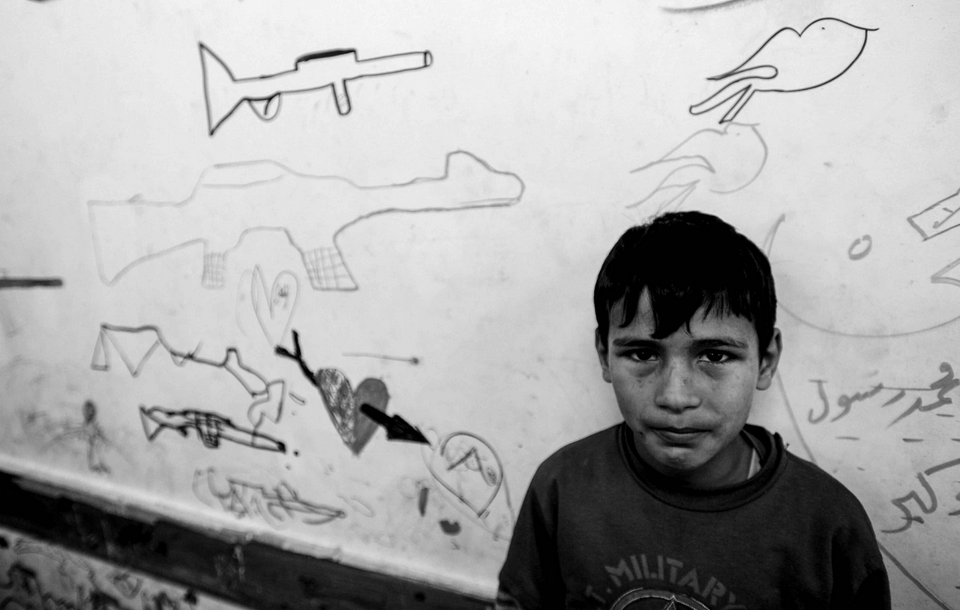
Support of Palestine refugees with efforts of UNRWA, the largest UN agency on the ground in Gaza, is 65 years old. Having communication in the core of relief programs, Jennifer Watson, Senior Communications Officer at UNRWA Gaza Field Office, shares some insights about the role of C4D at UNRWA.
Jennifer Watson had taken a charge of UNRWA (The United Nations Relief and Works Agency for Palestine Refugees) Communications Office in Gaza just 5 weeks before a disastrous Israel-Gaza conflict started on 8 July 2014. Communication channels continued to work as always despite the conflict, yet a dialogue with the community and responses from it were different. It became a ground for learning about the importance of reciprocal communication, how valuable it is to strengthen internal communications and to take responsibility for giving voices to those affected. “Having a 7 year old child state “I am three wars old”, or being approached by a mother in a shelter, asking shortly after one of the UNRWA schools had been hit, “am I safe? should I stay here with my children?”, or receiving calls from colleagues about whether or not they should evacuate their homes, all highlighted opportunities that helped focus some of my teams’ emergency communications response activities,” remembers Jennifer Watson.
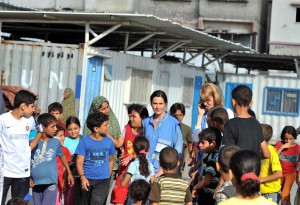
Aid and empowerment
“Listening to communities”, according to J. Watson, is the greatest transferable from her work experience in C4D in Africa, East Asia and Middle East. Regardless of context, it is pivotal to ensure that communities that C4D practitioners serve, have an impact on strategies and programs created for them. Here is a challenge of merely giving aid or empowering for action. UNRWA runs 252 schools in 156 buildings for 240,000 refugee students and operates 21 health clinics in 8 refugee camps thus serving almost three quarters of the 1.8 million population in Gaza. Such prolific work of the Agency, according to Pierre Krähenbühl, Commissioner-General of the UNRWA, is something that many countries could “envy”. However, increasing dependency of communities on UNRWA might be risky for their self-sufficiency. Therefore, J. Watson says, UNRWA tries to involve refugees in the process of humanitarian response: “This has included regular community outreach meetings, responding to questions from beneficiaries, and as much as possible providing regular information and access to channels that enable people to speak up and out on the issues that matter and affect them.”
One of C4D activities that encourages refugees to tell their stories is a photo contest, organized annually by UNRWA and supported by the European Union, titled ‘I am not a statistic’. Currently the best works of Palestine refugees are exhibited in the European Parliament. Some of the photos could be found here. “They can participate in reminding the world that behind all the numbers are individual women, men and children,” states J. Watson, “It is the role of communications and advocacy teams to highlight and help the world remember that and provide channels for collective action.” One of such channels is UNRWA TV, the Agency’s TV channel, where a monthly “Ask the Director” is aired. UNRWA TV also serves as a tool for educational programming: local teachers together with the interested community members design teaching material for students, most of whom are from Gaza and Syria. UNRWA tries to fulfill communication plans that have information sharing plus a two-way dialogue integrated. “Sometimes this is as simple as a radio show with live question time, and other times it’s producing visual tools that can be used by program staff in their community sessions.” An important aspect of empowerment is to involve refugees in the work of the Agency. Having staff who are refugees themselves, J. Watson notes, is a resource for understanding better “what the pertinent issues are for communities during any given week”.

The pertinent issue for UNRWA itself is strengthening its efficiency and effectiveness as well as raising funds to continue providing education, health care, social and other services. For achieving both communication is the key: “We cannot improve efficiency or effectiveness of services without strong strategic communications and information sharing – with those we serve, with donors, within the humanitarian sector and with the international community.” Collaboration within agencies is also pivotal for amplifying efficiency and effectiveness. A good example of such cooperation that UNRWA has contributed to is a UN report “Gaza in 2020: A liveable place?”. A more specific question for UNRWA Communications Office in Gaza could be how to make it a liveable place with C4D efforts.
About UNRWA:
The United Nations Relief and Works Agency for Palestine Refugees (UNRWA) is funded almost entirely by voluntary contributions from UN Member States. UNRWA also receives some funding from the Regular Budget of the United Nations, which is used mostly for international staffing costs.
The Agency’s services encompass education, health care, relief and social services, camp infrastructure and improvement, microfinance and emergency assistance, including in times of armed conflict.
For more information please visit UNRWA website.
Images: UNRWA, personal archive of Jennifer Watson
 New PhD opportunities at the University of Leicester
New PhD opportunities at the University of Leicester Call for Abstracts: New Directions in Media, Communication and Sociology (NDiMS) Conference
Call for Abstracts: New Directions in Media, Communication and Sociology (NDiMS) Conference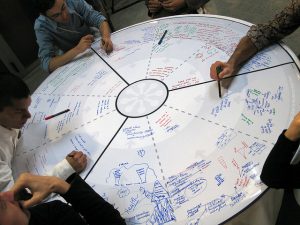 Ørecomm Team to Gather at the University of Coimbra
Ørecomm Team to Gather at the University of Coimbra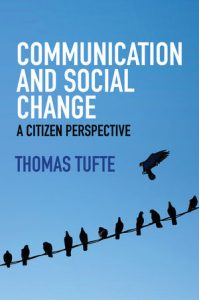 “Communication and Social Change – A Citizen Perspective” Published
“Communication and Social Change – A Citizen Perspective” Published C4D Network to Sum Up Global Communication for Development Practice
C4D Network to Sum Up Global Communication for Development Practice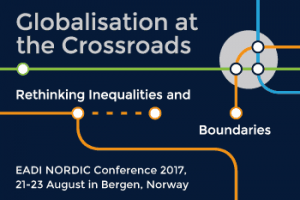 Entering Media and Communication into Development Conferences?
Entering Media and Communication into Development Conferences? IAMCR Conference 2016: Communication for Development Highlights
IAMCR Conference 2016: Communication for Development Highlights Glocal Classroom Revisited – Storytelling & Social Change Leicester-Malmö
Glocal Classroom Revisited – Storytelling & Social Change Leicester-Malmö I EvalComDev International Conference: Call for Papers
I EvalComDev International Conference: Call for Papers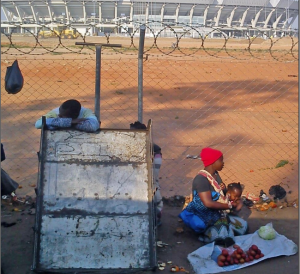 Looking for Media and Communication in Development Conferences: Devres 2016
Looking for Media and Communication in Development Conferences: Devres 2016